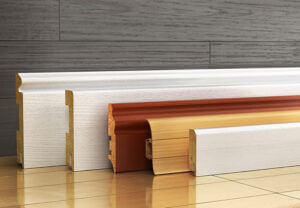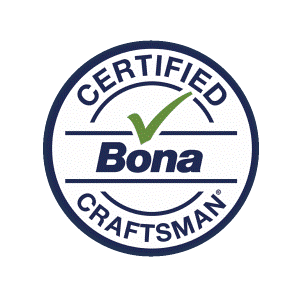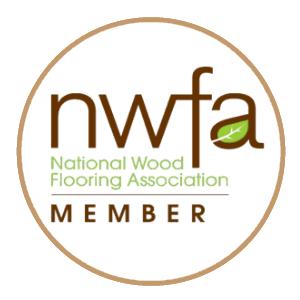What Is Transition Molding?
Remodeling the floors throughout your home is an exciting investment. Not only will it increase the value of your home, but you can achieve a fresh, new look. But, if something looks off after installing your new floor, your project may be missing a critical component: The transition molding.
Transition molding is a must-have in every room. Your molding, or lack thereof, will have a significant impact on the feel and functionality of the floors. Overall, transition molding allows one surface to transition smoothly to another, thus creating an extended safety precaution. Without it, you could trip between transitioning surfaces or changes in elevation. Here’s everything you should know.
Common Types of Transition Molding and When to Use Them
There are several types of transition molding to suit every room in the home. Read on to learn about them and when to incorporate each type into your project.

1. T-Molding
One of the most common types of transition molding is t-molding. You have likely seen this type used in doorways and hallway transitions. You can go for t-molding to transition between hard floor surfaces that have the same height. Not to mention, you can use it on a variety of hard surfaces, including laminate, hardwood, and tile. T-Molding is also helpful when expansion joints are necessary. This occurs when the dimension of a floor exceeds 40 feet in length or width.
2. Stair Nose Molding
Stair nose molding is an appropriate choice when used on steps and stairwells where a hardwood surface stops. This type of molding has a rounded edge that covers the edge of a step. For the most part, the molding itself is generally about four to five inches wide.
All in all, using stair nose molding provides a professional, finished look. But, this type offers more than just an aesthetic, polished appearance. Properly installed stair nose molding can increase the value of your home.
3. Quarter Round Molding
Quarter round molding is both decorative and functional. This type is placed at the lower edge of baseboards. It also hides any gaps found between the baseboard and floor after the new floor is set. And, it can serve the same function when placed to cover any gaps next to stair steps.
4. Hard Surface Reducer Molding
Hard surface reducer molding is actually similar to t-molding. Like t-molding, hard surface reducer molding provides transitions from one hard surface to another. But, unlike t-molding, this type transitions two surfaces that are at varying heights.
5. Carpet Reducer Molding
Carpet reducer moldings are used to transition between carpeted and hard floored areas of the home. This molding provides a transition that is as much for safety as it is for aesthetics. Without carpet reducer molding, you might trip when crossing thresholds where hard surfaces end and carpet begins.
Need a Hand?
Transition molding may commonly go unnoticed, but it is essential to the functionality and safety of your home’s layout. Simply determine the type of molding you need after deciding on the carpet or hardwood for your home.
Regardless of where you are in your flooring project, Elite Hardwood Flooring is ready to lend a hand. Elite provides hardwood installation services for your home projects. The best part? They’re not done until you’ve fallen in love with your new floor. Contact Elite Hardwood Flooring today to schedule an appointment.
Share

